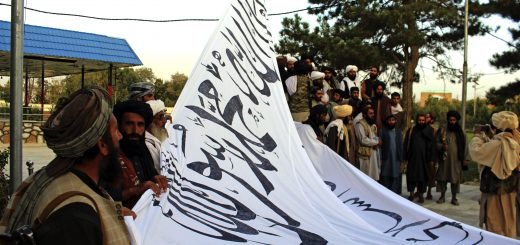The Taliban closing on Afghan cities
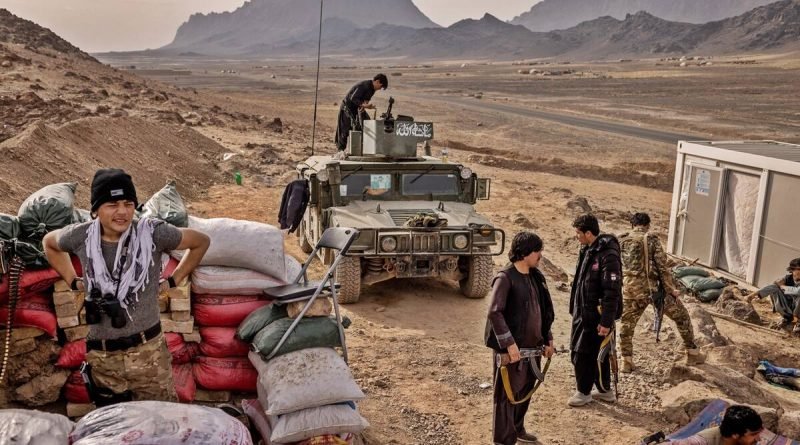
The Taliban have been infringing on key cities around Afghanistan for quite a long time, taking steps to drive the country to its limit and drive the Biden administration into a no-win situation similar to the United States’ longest war is supposed to be concluding. Around the northern city of Kunduz, despite the coldest time of the year, the Taliban have taken outposts and army installations, utilizing little armed drones to threaten Afghan soldiers. In adjoining Pul-I-Khumri, they have held onto significant thruways in a stranglehold of the city, undermining fundamental helps to Kabul, the nation’s capital. What’s more, here in the city of Kandahar, a bedrock of memorable and political significance and a monetary centre point for the nation’s south, Taliban fighters have pounded the encompassing districts and drew nearer to taking provincial capital than they have in over 10 years.
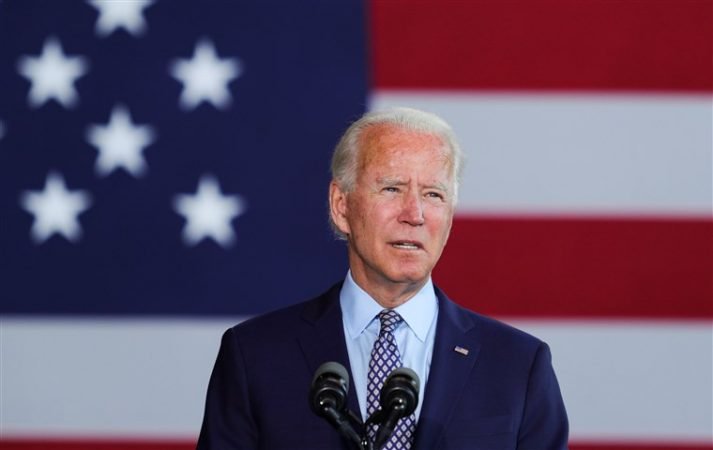
The Taliban’s brazen offensive has placed the Biden administration into a risky political bind. Under the arrangement struck by President Donald Trump with the Taliban a year ago, all foreign soldiers — including the remaining 2,500 U.S. administration individuals who uphold Afghanistan’s ambushed armed force and security powers — are planned to pull out by May 1, leaving the country in a, particularly unstable state. If the Biden administration praises the withdrawal date, authorities and investigators dread the Taliban could overpower what’s left of the Afghan security powers and assume responsibility for significant urban areas like Kandahar in a push for a total military triumph or a broad surrender by the Afghan government in the continuous harmony arrangements. However, if the United States postpones its withdrawal deadline, as a congressionally appointed panel suggested on Feb. 3, the Taliban would probably consider the 2020 arrangement with the United States void, likely prompting renewed attacks on U.S. and NATO troops, and possibly drawing the United States further into the battle to safeguard Afghan powers, whom the Taliban could in any case fight back.
“The danger of Taliban military triumphs, particularly in a region as representative and vital as Kandahar, makes it hard for the Biden administration to swallow the dangers of finishing a troop withdrawal,” said Andrew Watkins, a senior analyst on Afghanistan for the International Crisis Group, a Brussels-based compromise association. “Pulling out may be politically unimaginable if Kandahar was on the nightly news.”
Taliban authorities told tribal officials in the region that the extremist gathering intentionally avoided taking Panjwai, said Haji Mahmood Noor, the district’s mayor since they were advised to keep a watch on how the following harmony exchanges played out. “At the point when the trees turn green the circumstance will deteriorate,” Noor said, alluding to the spring when the Taliban can move calmer under the cover of blooming foliage. Panjwai’s close to imploding and the developing danger to Kandahar city is in part the result of the death 2018 of Gen. Abdul Raziq, who had been the territory’s police chief since 2011. Known for settling disputes and bloody retribution, and blamed for many human rights cases of abuse, Raziq additionally utilized his close relationship with the U.S. military, to keep Kandahar region for the most part secure for quite a long time.
At the point when the Taliban drove into the districts around Kandahar, the police set up almost no fight. Numerous stations were at that point scarcely staffed, Noor and other neighbourhood authorities said. Some Afghan government authorities contested that allegation, saying they withdrew in fear. Others said they didn’t have a clue why they withdrew by any means.
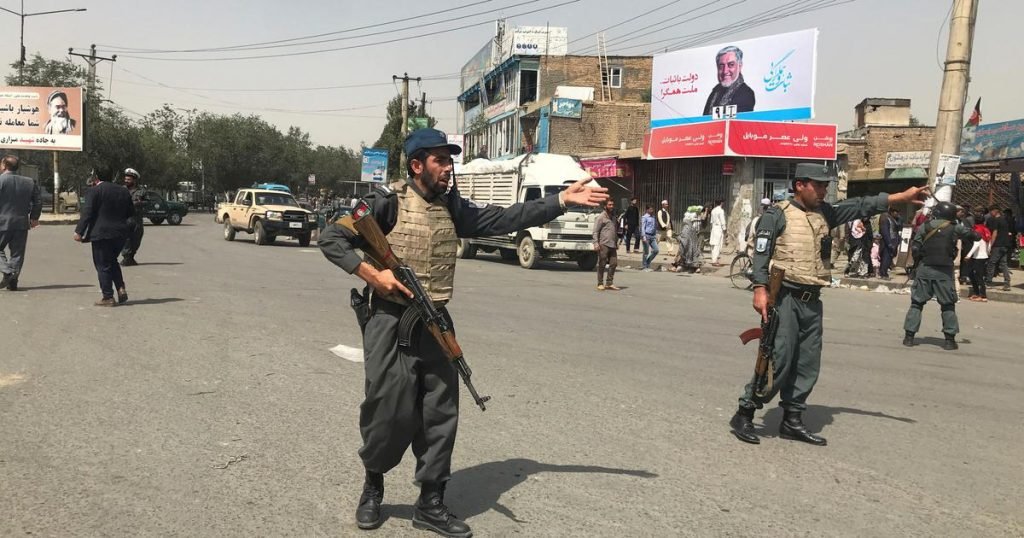
The deteriorating situation in Kandahar is a more extensive impression of security around the country. The Taliban have spent the previous months catching army installations and police stations and installing highway checkpoints close to capital cities in provinces, for example, Helmand and Uruzgan in the south, and Kunduz and Baghlan in the north.
Although Taliban strategies change from region to region, the results are generally the equivalent: increase taxation on highways, plunging morale among the Afghan security powers with decreasing U.S. backing and developing apprehension among those living in once-secure territories.
The Taliban aim to drive the Afghan government into consenting to their terms of harmony. In Qatar, Taliban leaders have requested the arrival of around 7,000 additional detainees and the establishment of an interim government, two demands that Ashraf Ghani, Afghanistan’s leader, has so far refused.
To plan for a potential multipronged attack should the United States stay past the May 1 deadline, the Pentagon has mentioned additional military choices — including an increment of U.S. troops or a commitment of more air support from U.S. Central Command, which directs tasks in the Middle East and Afghanistan, as indicated by two U.S. authorities. Regardless of whether these demands will be granted relies upon the Biden administrations next move, which it is required to be reported in coming weeks after finishing an audit of the current agreement set up with the Taliban.
The unrest has postponed the handover of Kandahar Airfield, a rambling U.S. base east of the capital, to Afghan powers lately. Until further notice, a small detachment of U.S. and NATO troops stay to help the striving Afghan powers, as indicated by a U.S. military authority.
With the police force for the most part in ruin, the Afghan army and commandos have moved into Kandahar, starting operations in November to retake a territory that was then retaken by the Taliban. Commando officials said their powers had been depleted by continuous orders to fill in for their police partners.
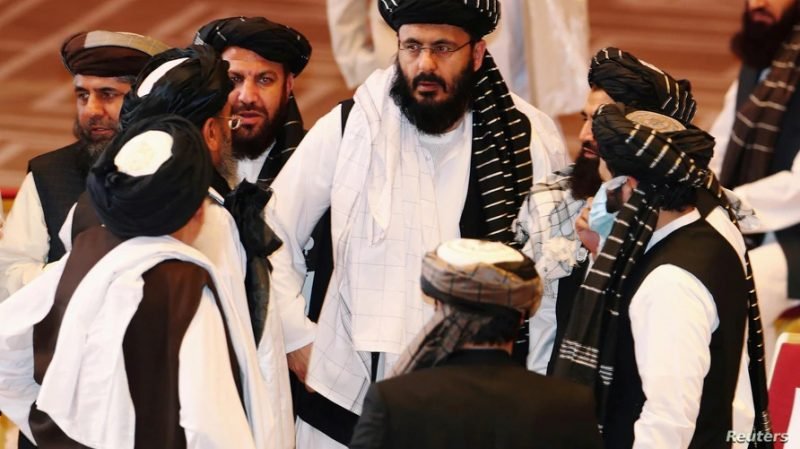
In December, almost 200 checkpoints in Kandahar were deserted by the Afghan army, as indicated by a U.S. government watchdog report delivered February 1. The breakdown of some army installations in the fall managed the cost of the Taliban troves of military gear and ammo, including few heavy artillery. Afghan security powers are additionally fighting with the portion of a population that has more confidence in the Taliban than in the public authority. In capturing new territory, the Taliban introduced their regulatory administrations, explained Lal Mohammad, 23, wheat and grape rancher who presently lives behind the Taliban’s forefront in Panjwai.
Insurgent fighters have crushed cell phones and restricted music, forced a curfew, dug defensive tunnels between individuals’ homes and utilized empty rooms in them as fighting position. Roadside bombs are everywhere, he said. Yet, land disputes and petty crimes are very much overseen, contrasted with the Afghan government’s bad administration, Mohammad said. “Individuals like it,” Mohammad said, adding that he simply needs somebody to assume control over Kandahar so individuals can return to their lives. These opinions are common in more rural areas of Afghanistan. Yet, the Afghan government’s ineptitude and inescapable defilement have carried that mentality to the doorstep of one of the nation’s most populated urban areas.
“The public authority,” Mohammad said, “has failed.”



